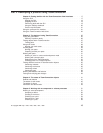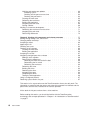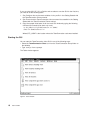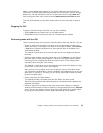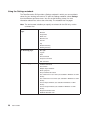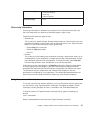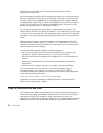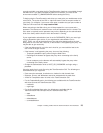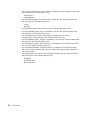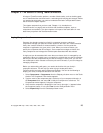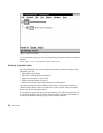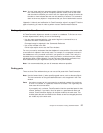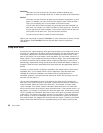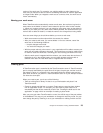
The
Quick Commands Reference
is a booklet that lists the syntax of each
TeamConnection command.
You can also become familiar with the commands by looking at the contents of the log
file where TeamConnection stores the commands that are issued as you use the GUI.
This file is specified in the Log file field on the Setup page of the Settings notebook.
The default name is teamc.log; it is stored in the directory where the client is installed
(for AIX, HP-UX, and Solaris it is stored in the $HOME directory of the user), unless
you specify a different location in the Settings notebook.
You can type TeamConnection commands from a prompt within any directory; the
TeamConnection GUI does not need to be started. Or if you start the GUI, you can type
a command on the command line in the Tasks window (this command line is located at
the bottom of the window, just above the footer that indicates the user name and family
name).
Before you start to use the command line interface, you might want to set the most
used environment variables, such as TC_FAMILY or TC_COMPONENT. You are not
required to set these environment variables, but if you do not, you will need to specify
them in the command when required.
You set environment variables differently for different platforms:
v AIX, HP-UX, and Solaris users set environment variables in the .profile (sh, ksh
environment), .dtprofile (cde environment), or .cshrc (csh environment).
v OS/2 users set environment variables in the config.sys file or from a command line
prompt.
v Windows 95 and Windows NT users set environment variables in the Windows
Control Panel.
v Some environment variables are set in your config.sys file during installation.
You can override the value you set for an environment variable by using the
corresponding flag in the command. For example, you have the TC_FAMILY
environment variable set to robot, but you need a file from another family named octo,
so you issue the following command:
teamc part -extract hello.c -family octo -release 9501
“Appendix A. Environment Variables” on page 227 provides a complete list of the
TeamConnection environment variables.
Using the TeamConnection web client
The TeamConnection Web Client provides family server connectivity and great deal of
the functionality provided by a standard TeamConnection client without the overhead
required by a standard client installation. Using a web browser, anyone in the
organization can access server data (provided the server is configured appropriately) by
addressing a machine and a port number. Although file input/output functions are not
22 User’s Guide




